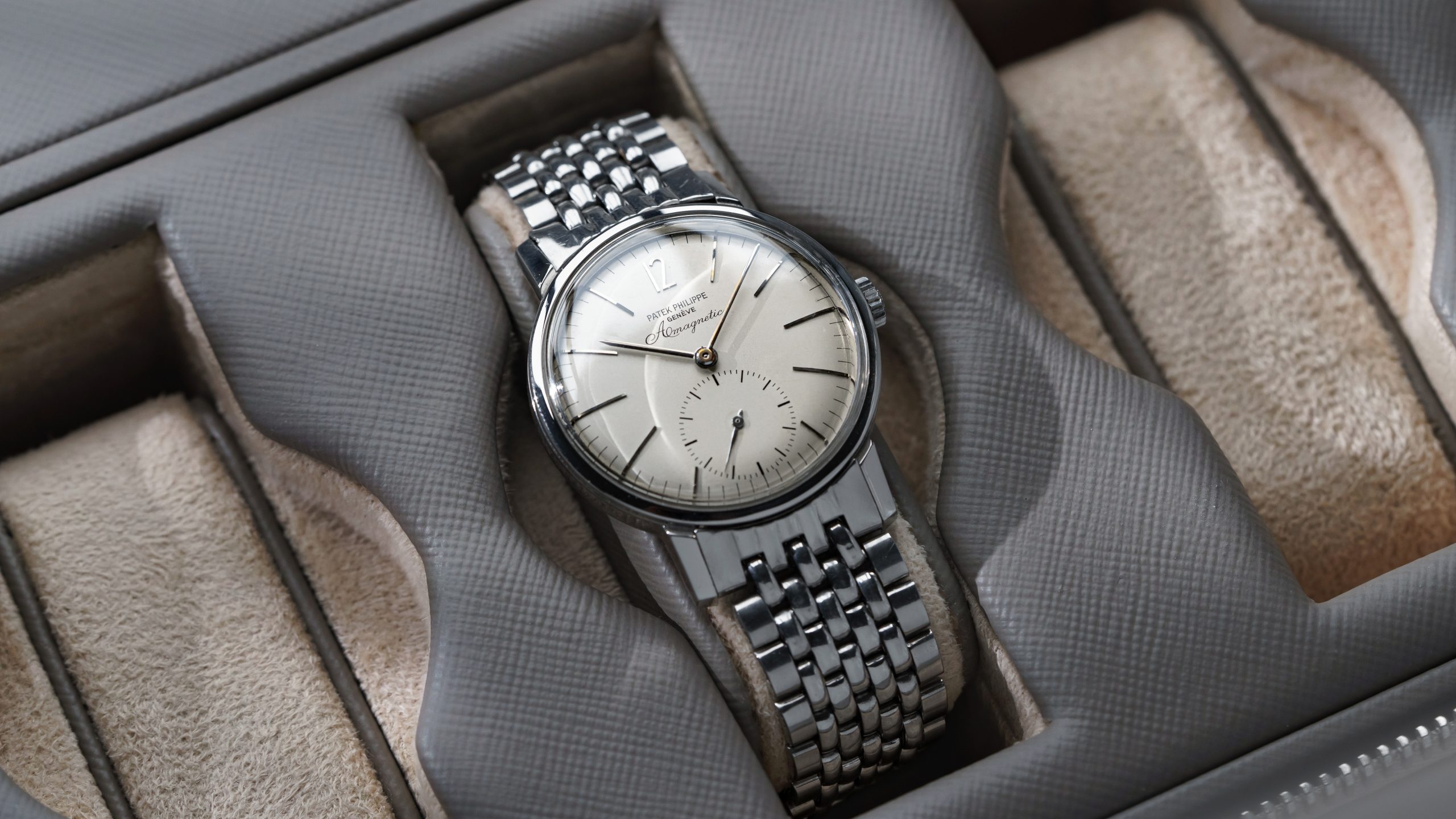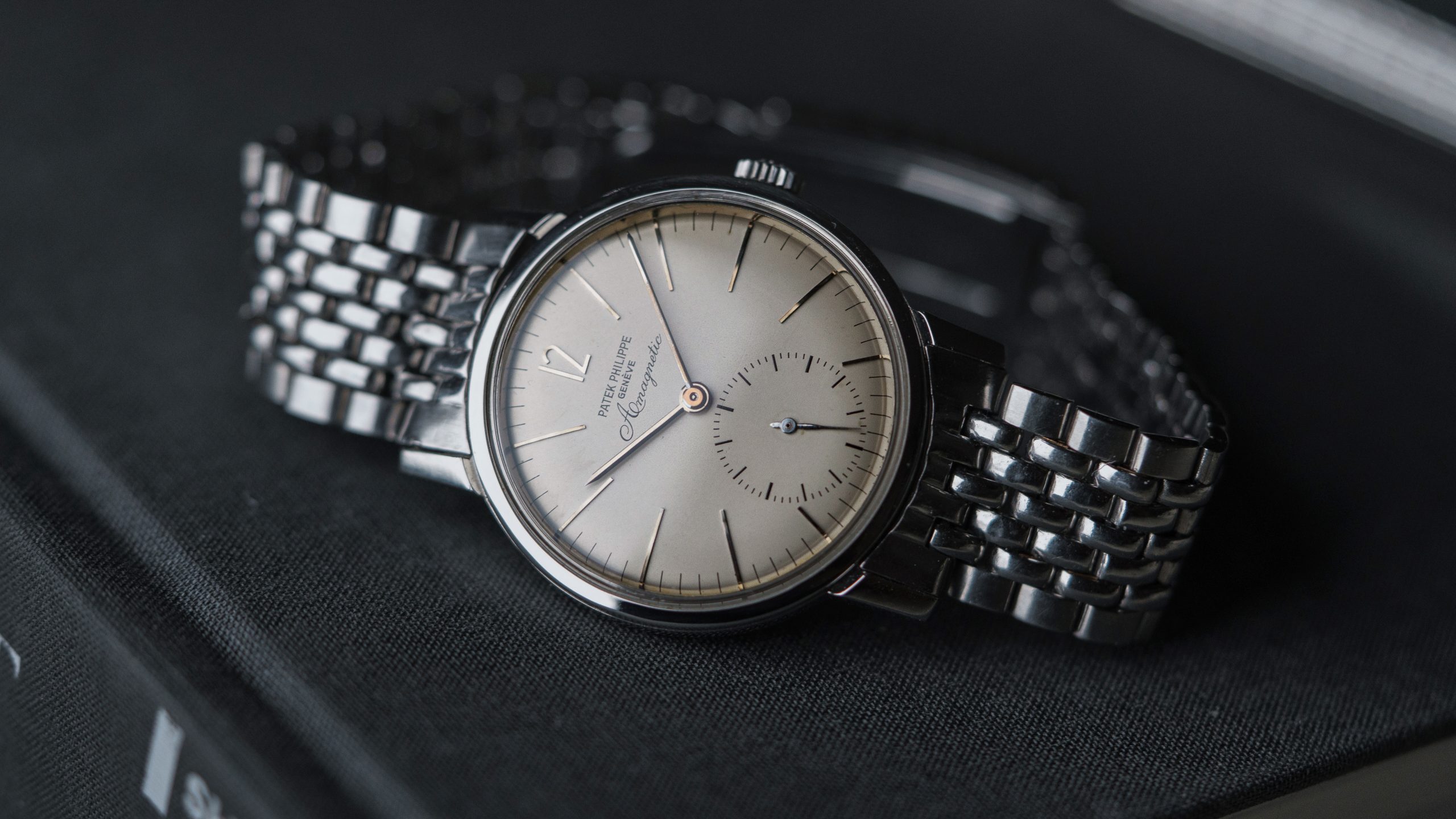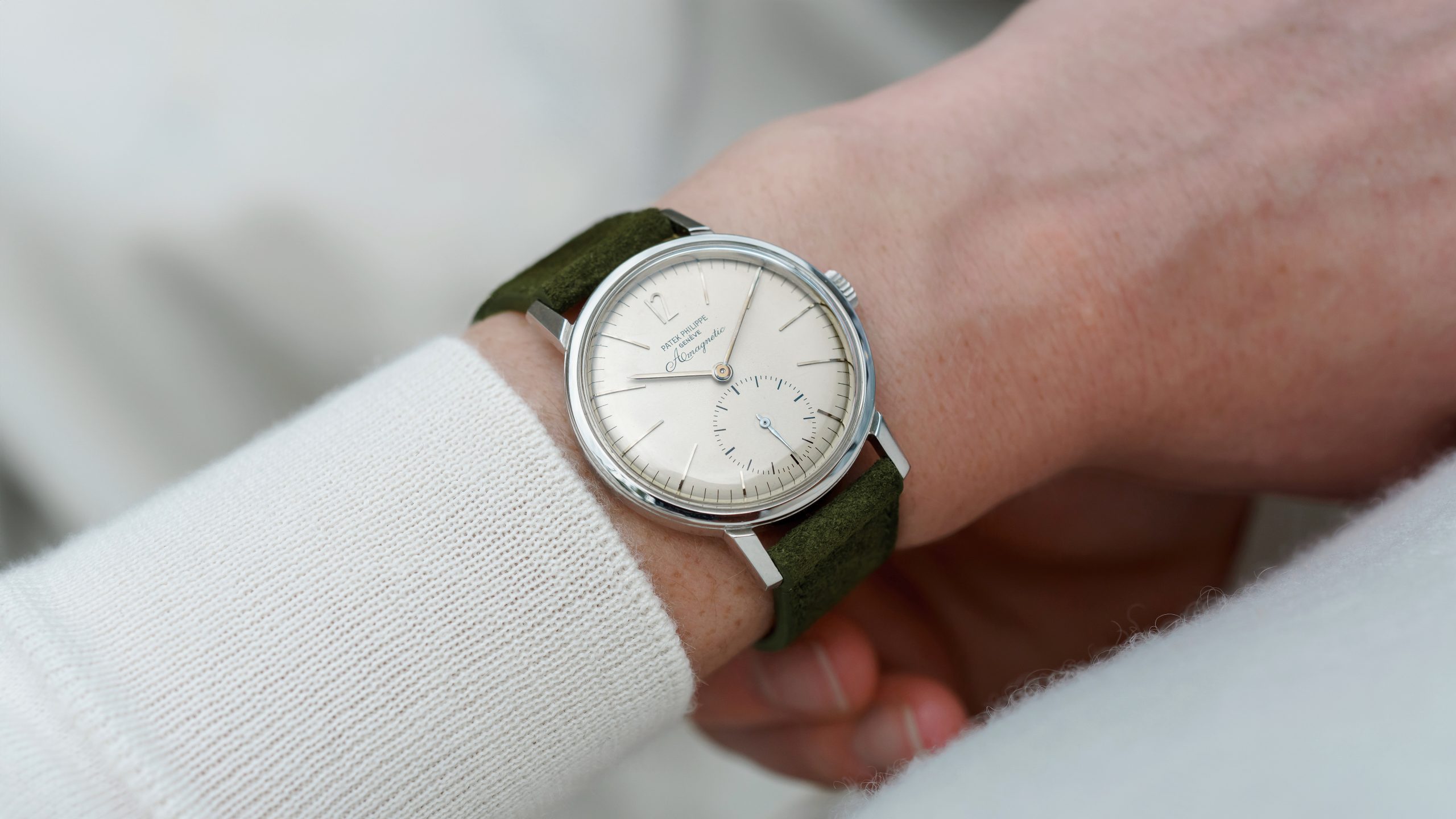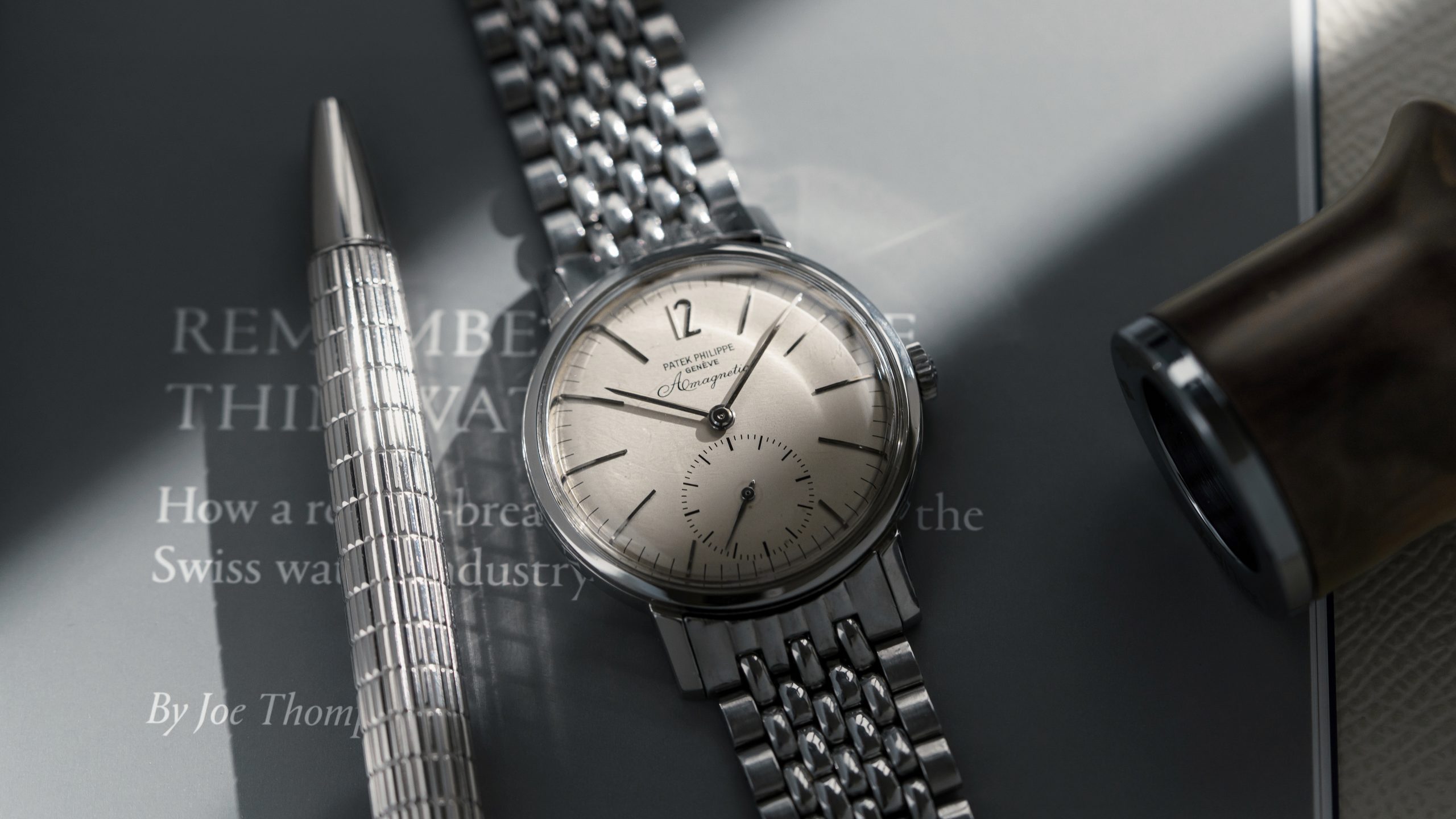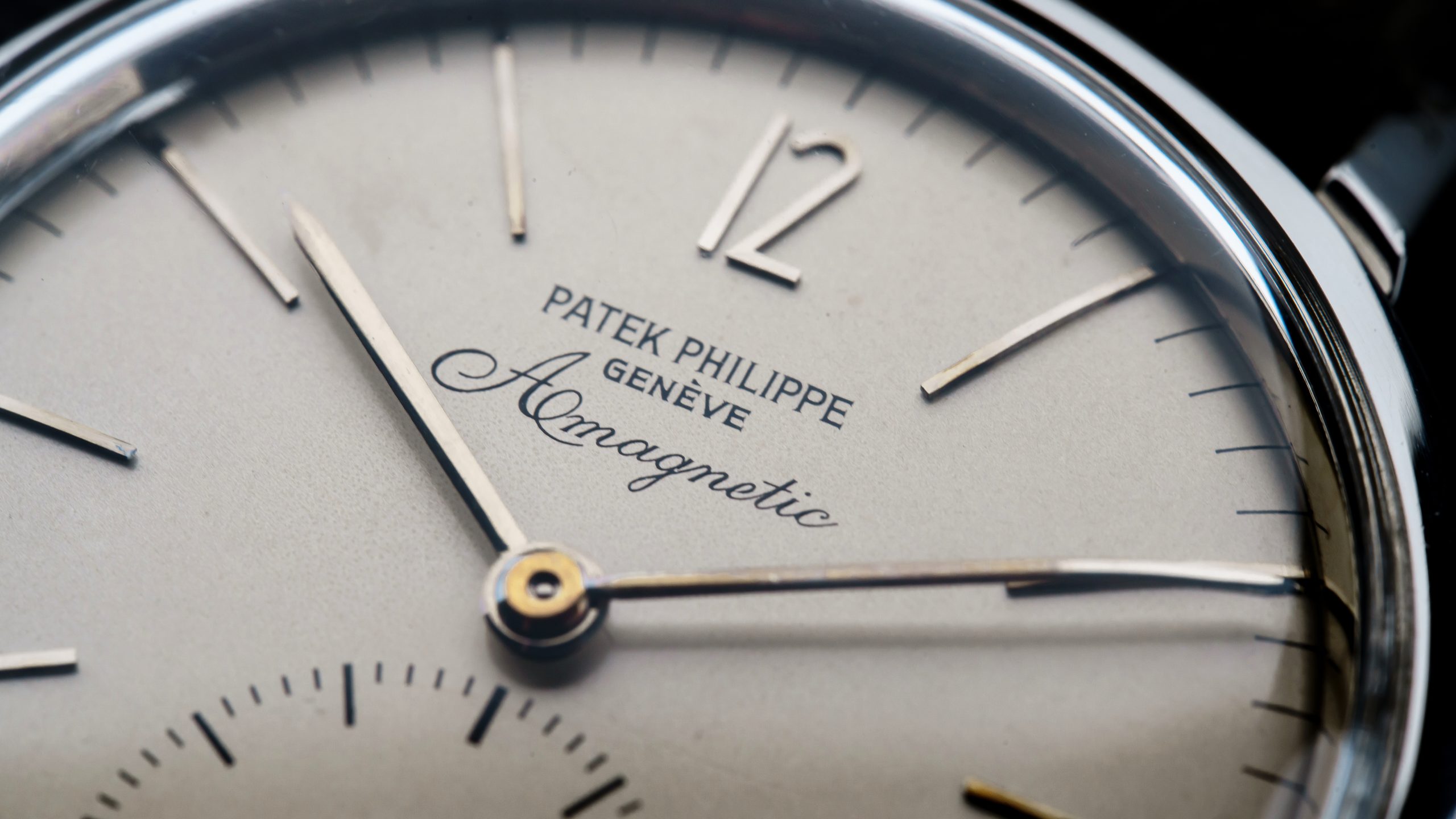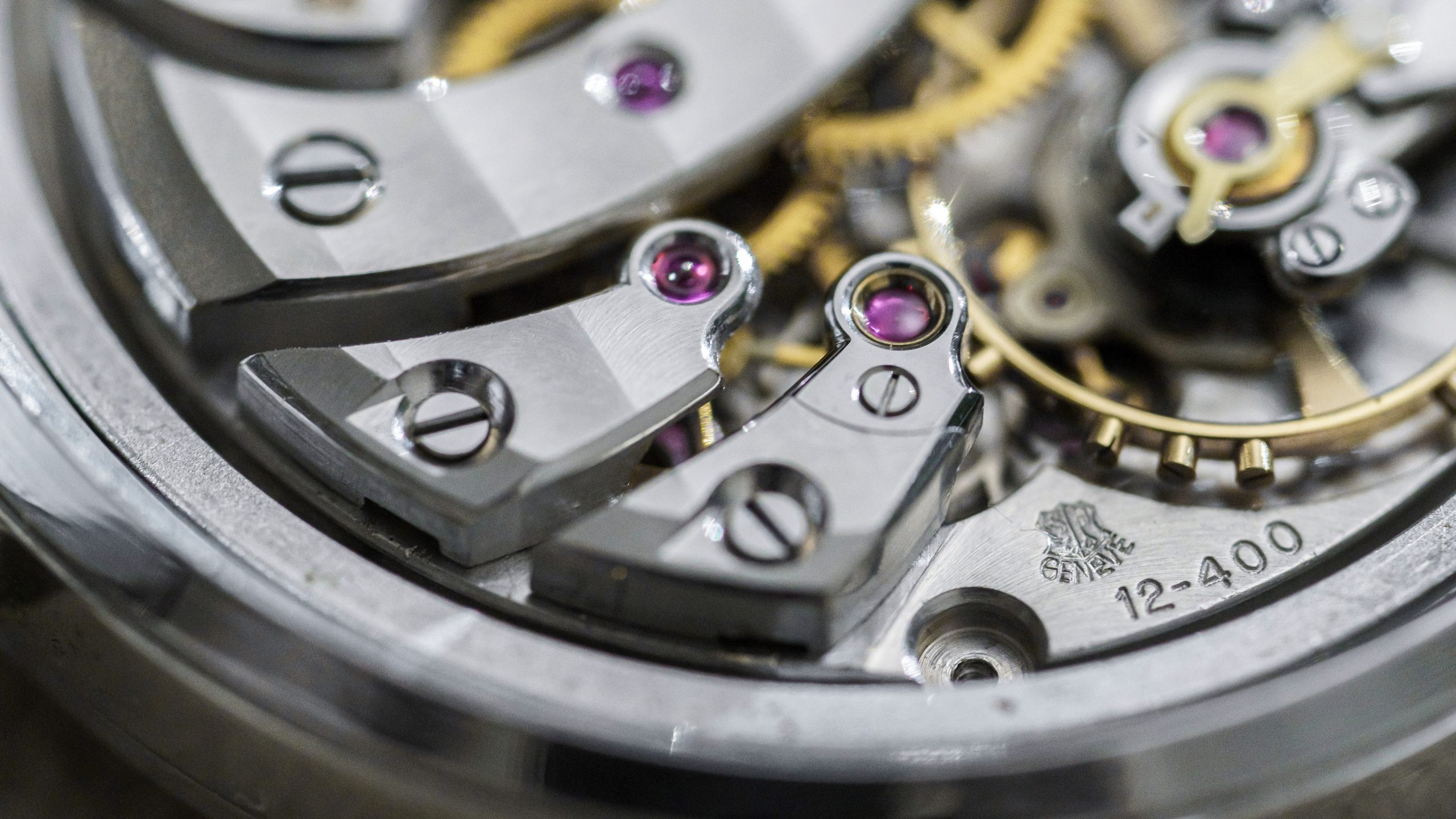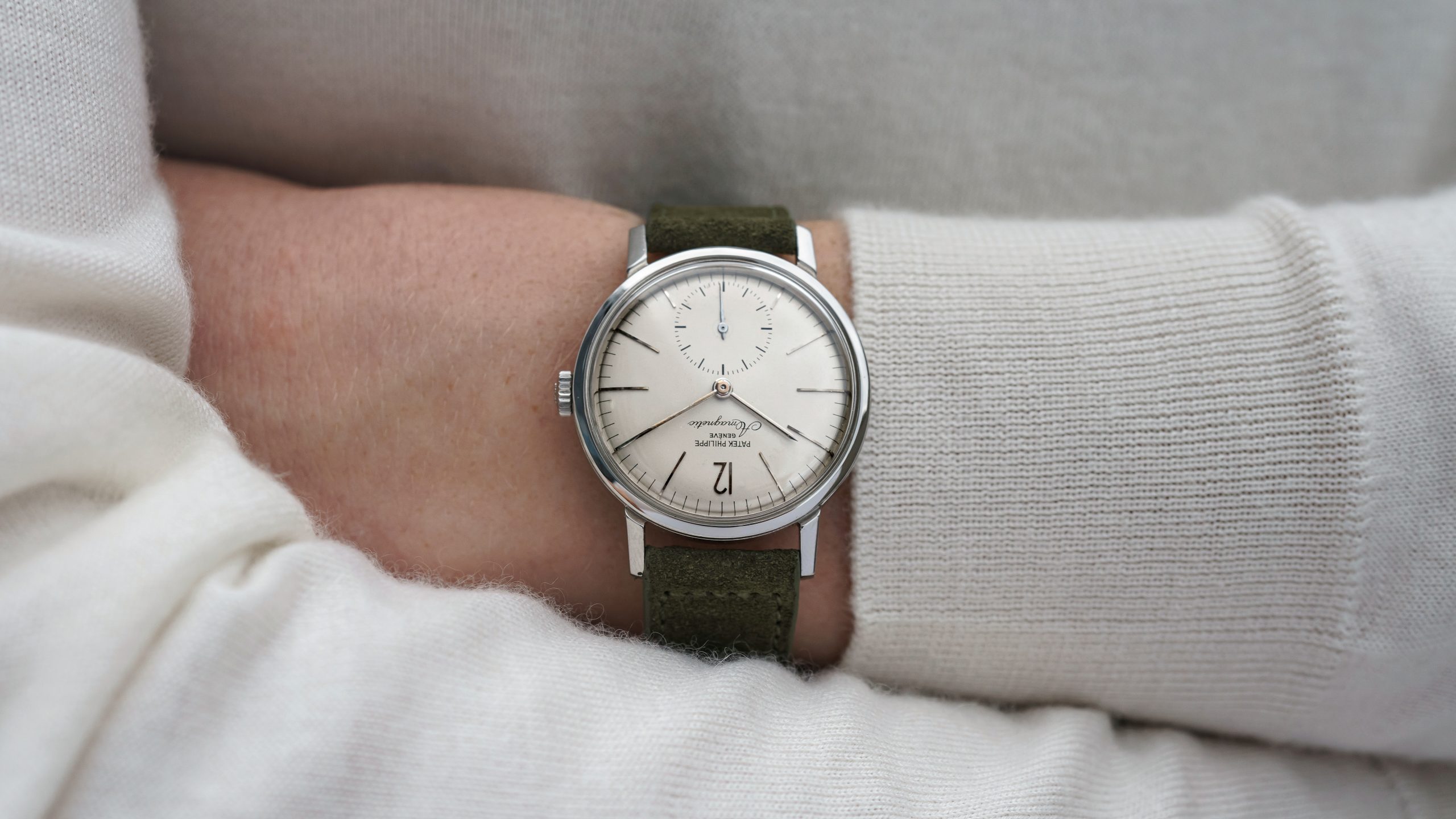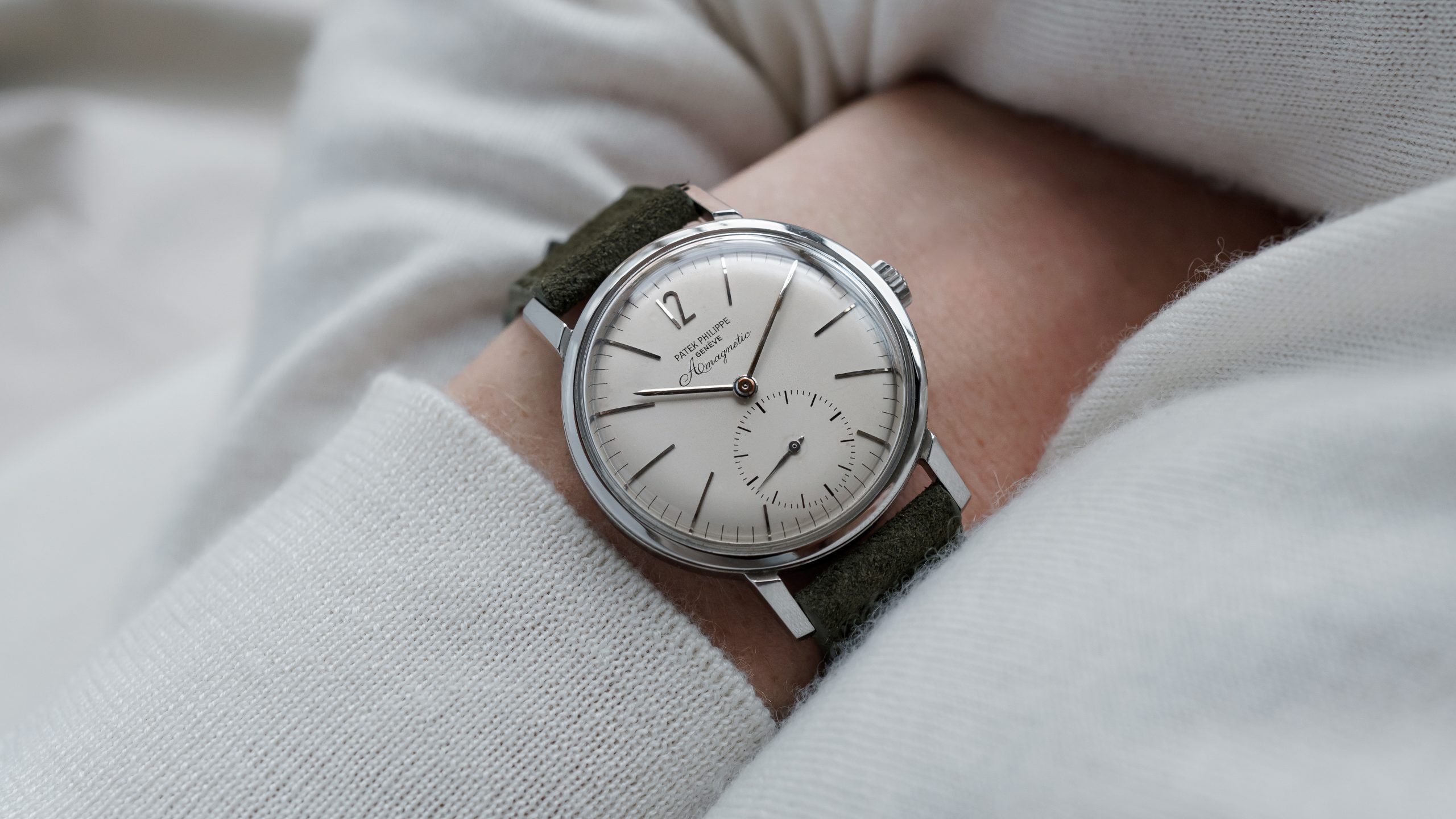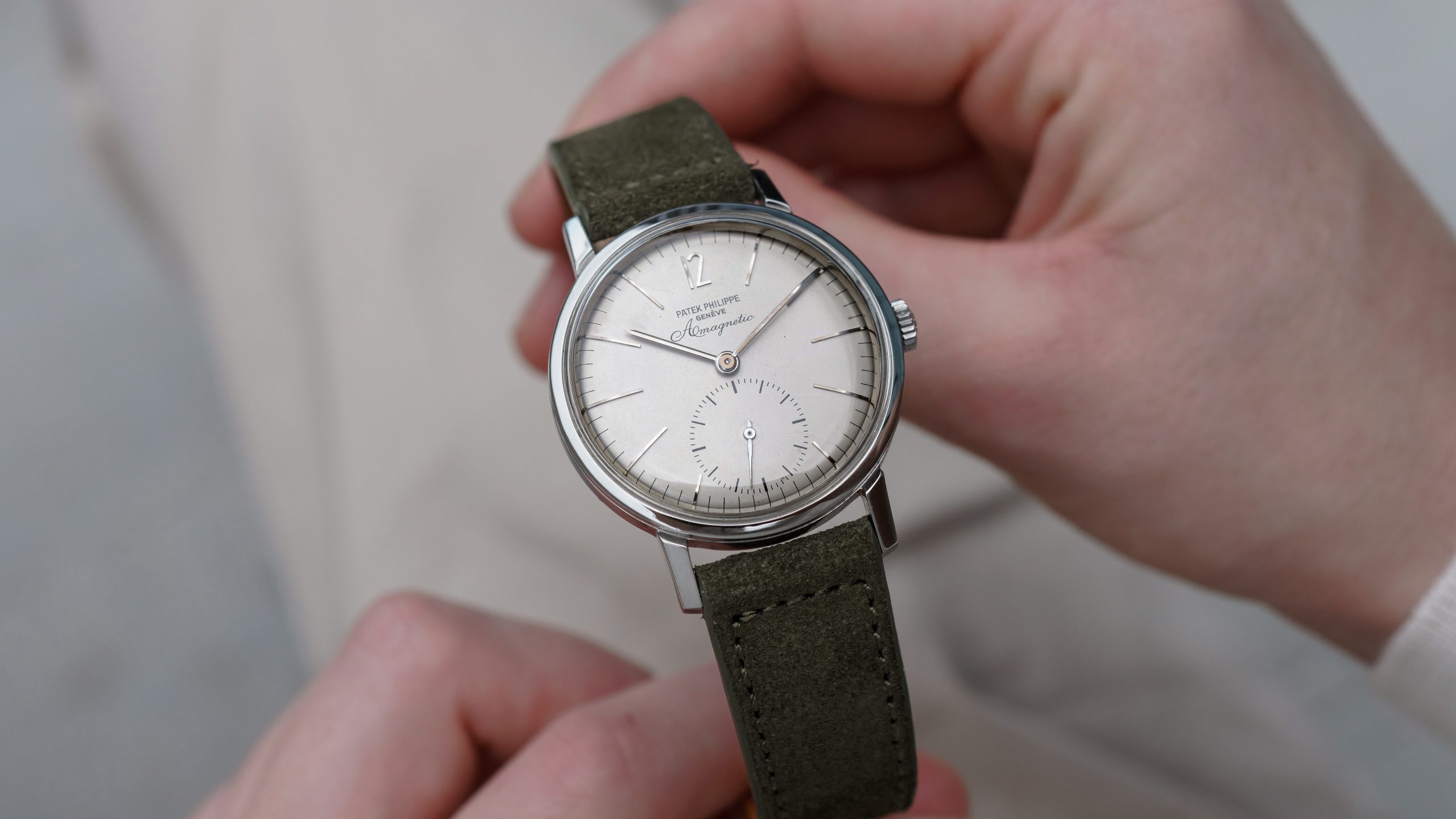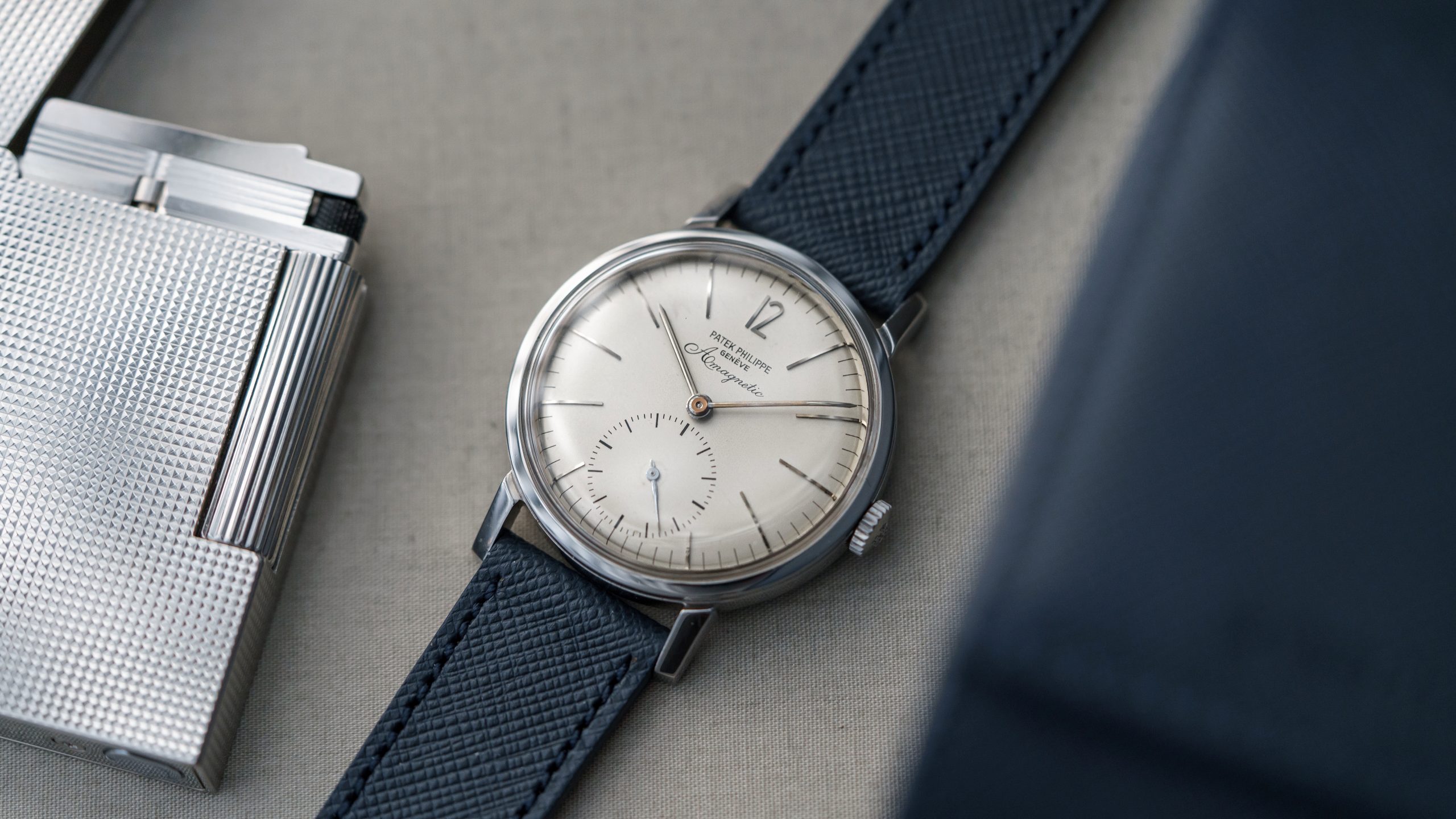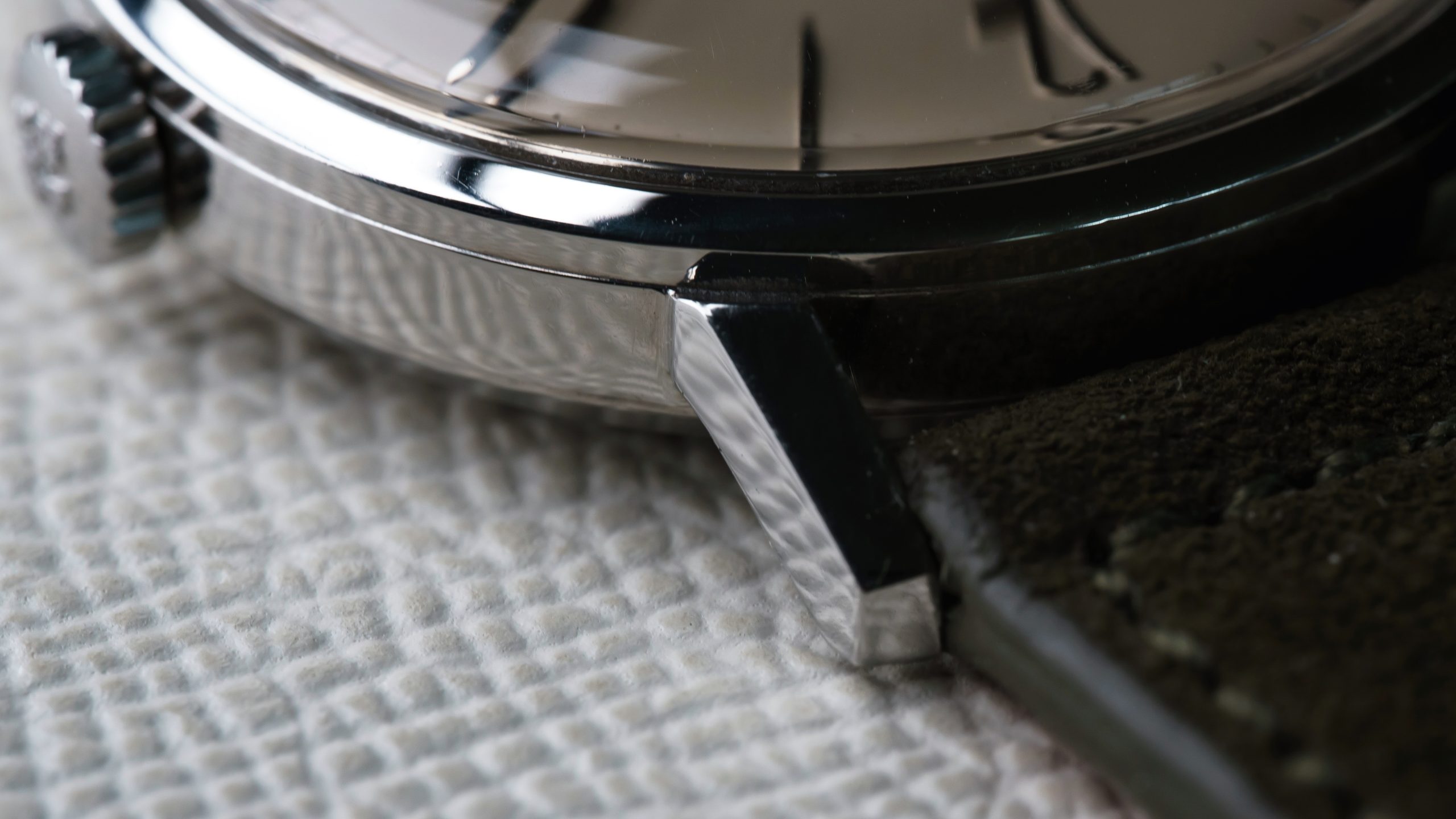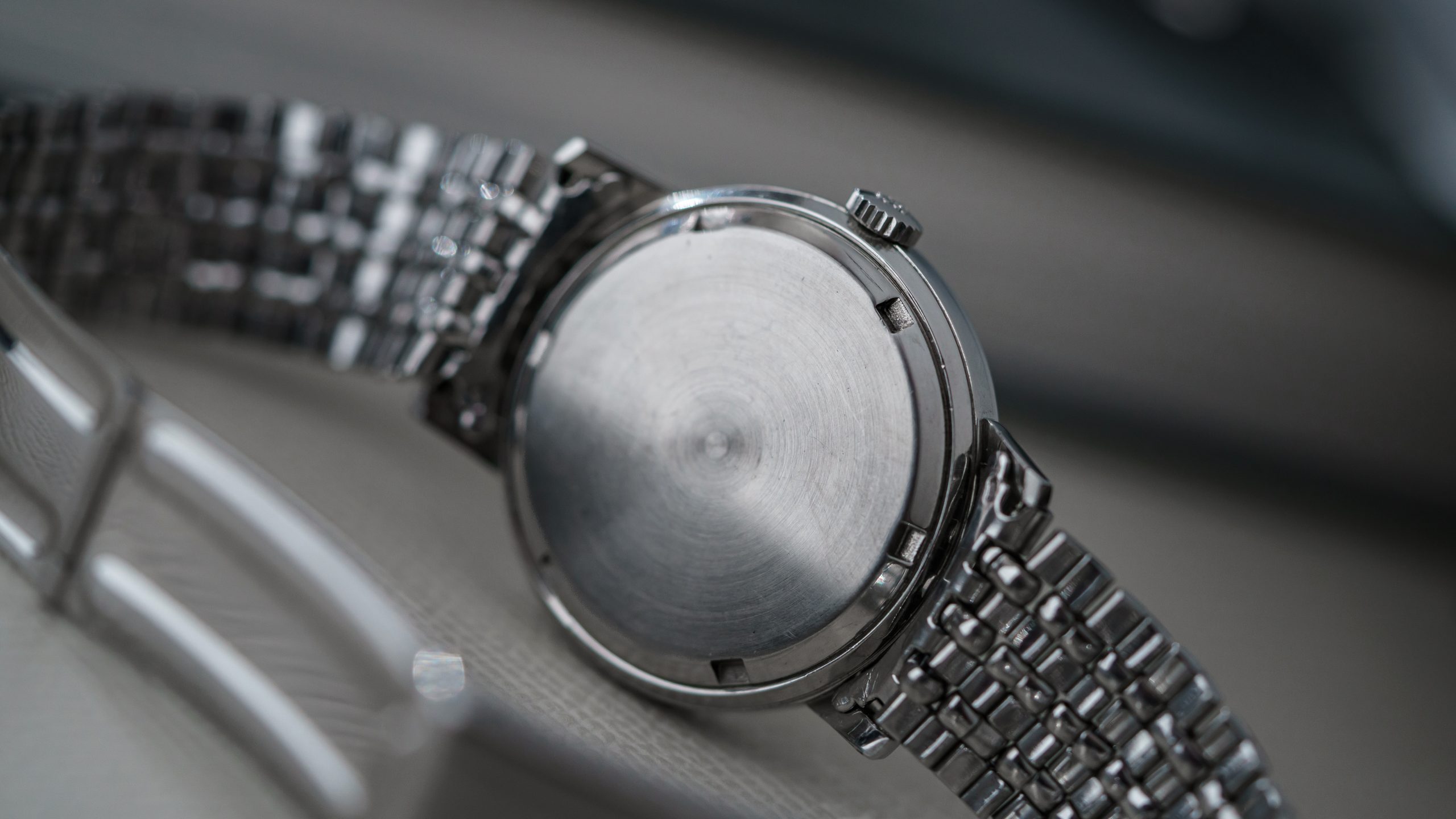The ref. 3417 Amagnetic is considered by many the most elegant tool watch ever made, a Calatrava-like peer which blurs the line between utilitarian purpose and the refinement of a formal dress watch. Well before the Nautilus, this was in its day the sole Patek Philippe reference to be made exclusively in steel (including its bracelet sister-reference 3418). From 1958 until 1968, it is now widely estimated that fewer than 500 examples were made of the 3417.
The Amagnetic debuted in 1958 but the story starts much earlier. Tool watches, or most specifically scientist's watches, were very much in demand. The 3417 almost certainly originated from a watch produced for US Admiral Richard Byrd in 1955 to accompany him on an Antarctic expedition (where magnetism is much stronger) to set up a a US Research Base, known as Operation Deep Freeze. Patek Philippe gifted him a one-off ref. 778 with an inner soft iron cage to use. Three years later, that technology entered the main catalogue. In their own advertising, Patek Philippe marketed the 3417 as 'The World's Foremost Watch'.
The 3417 featured a gorgeous 35mm case made by Jean Vallon, a La-Chaux-de-Fonds master case maker who specialized in magnetic resistant cases. The construction was unique not just for its construction with a soft iron inner cage, but the shape. Unique to the 3417, the lugs feature an high downward angle and slight bevel on the upper surface near the case body junction. Together with a wide, broad bezel and elegant 10.5mm case height, the proportions are extremely refined. Interestingly, 3417 crowns were made of white gold.
The dial was manufactured by Stern Frères, with a playful 'Amagnetic' signature under 12, which has become regarded by collectors as one of the greatest-ever handwritten font designs from Patek Philippe. Not all 3417 dials feature this delight. Compared to other Calatravas, its sole art-deco Arabic 12 is an outlier, with longer indices and petite seconds than other Patek Philippes of the time also. Dials productions are divided into 4 main types. This example was manufactured in 1959 according to Extract and features the correct, early Type 1 dial with a larger petite seconds, indices that run closer to the dial's edge, no Swiss signature, and several other small distinctions. The handset and indices were manufactured in solid white gold, which on this example have developed a light and beautiful oxidation patina.
The 3417 was produced with two movements, which is usually how series are divided. The first two years, such as this example featured a calibre 12"-400 AM, where post-1960 all production featured a 27-AM 400. Critical points of the movement, such as the anchor and escape wheel, were made of solid gold to remain unaffected by magnetism. Similarly, its hairspring was made in Nivarox. Calibres were designed to withstand up to 450 oersteds. Despite all this engineering, it is still beautifully finished with broad Côtes de Genève and wide, vintage-feeling anlage. The quality of this calibre very much separates the 3417 from its contemporaries such as the Geophysic or Milgauss.
The 3417 is the original Patek Philippe steel tool watch. Despite that, it wears with a level of refinement and elegance that far exceeds most Calatravas released in the years after. The purpose, engineering, and innovation here are very real, but so is the charm. The 3417 juxtaposition of an art-deco 12, handwritten Amagnetic font, overly elongated indices, and perfect proportions have not been rivaled since. It is a tool watch in the same way that a 275 GTS is a sports car. Both have evolved past their initial remit towards something else bordering on art.
